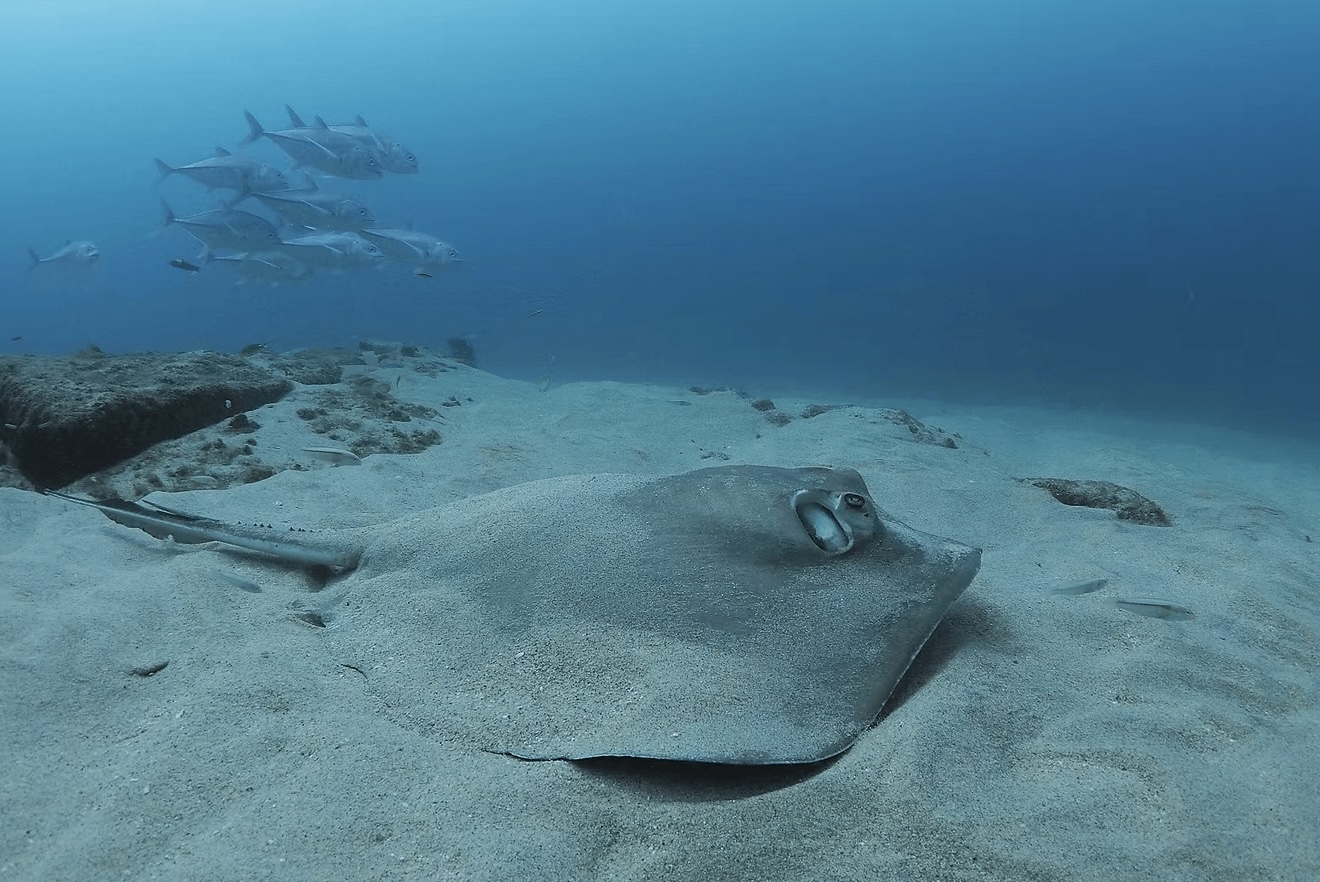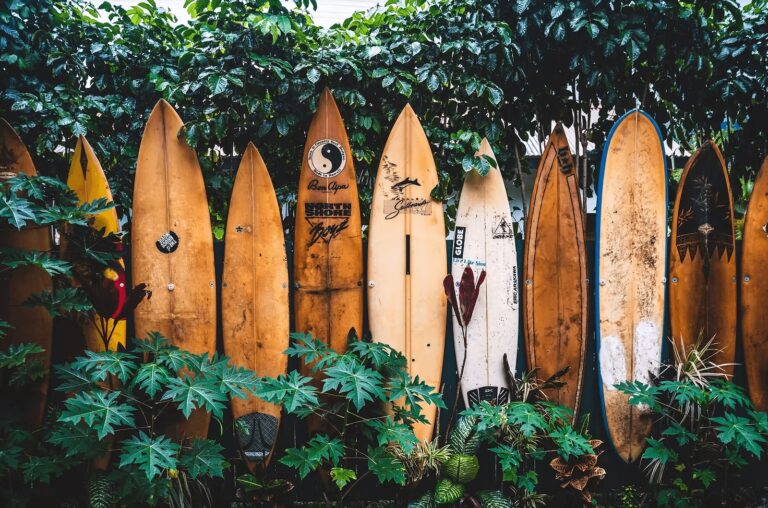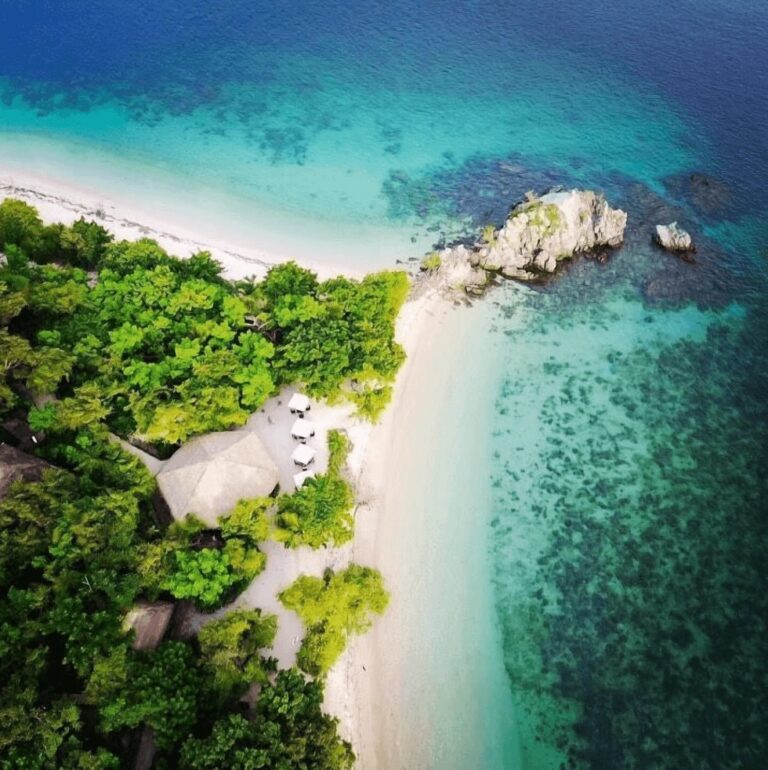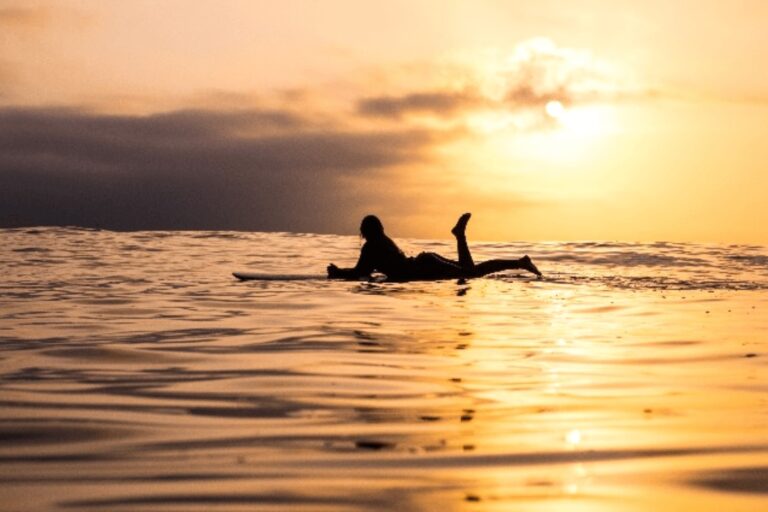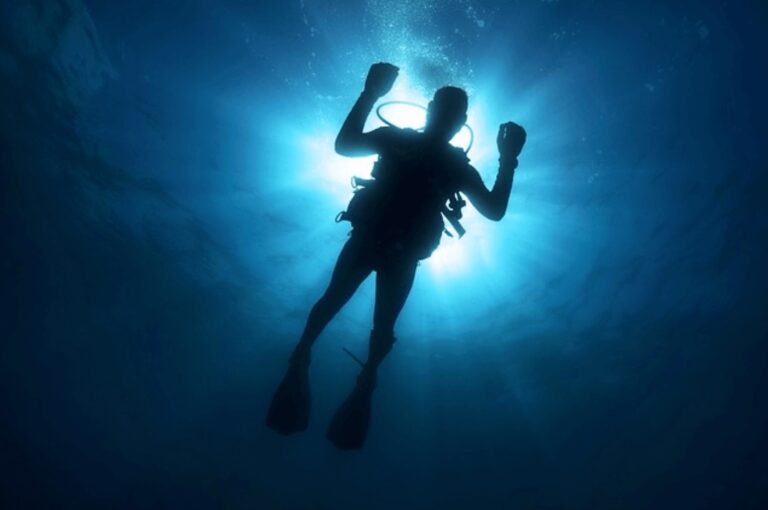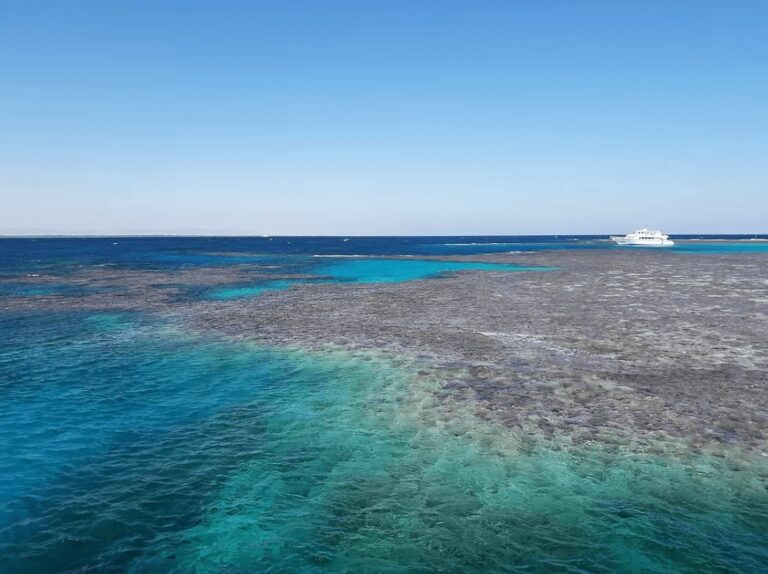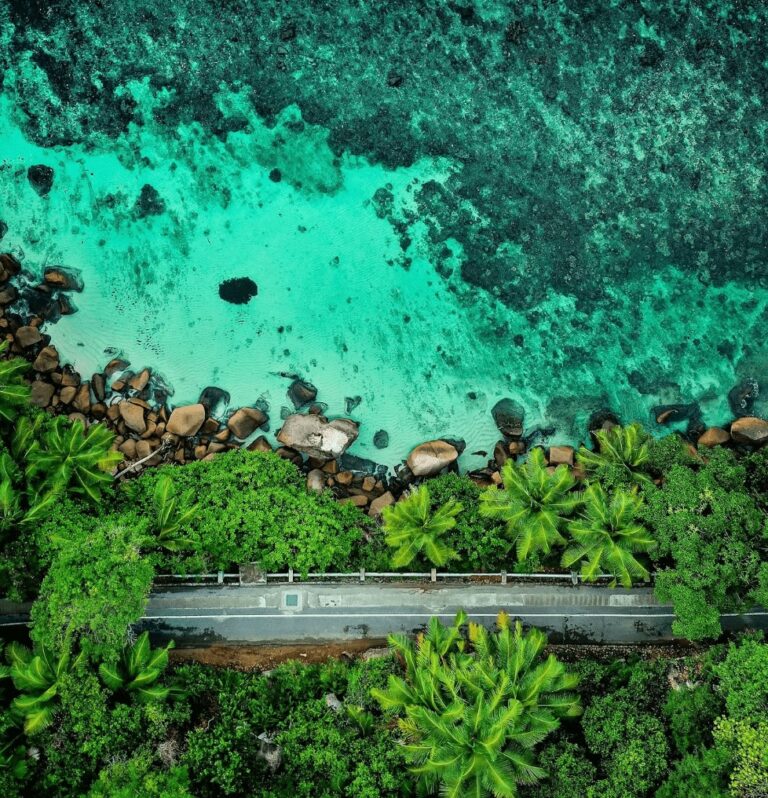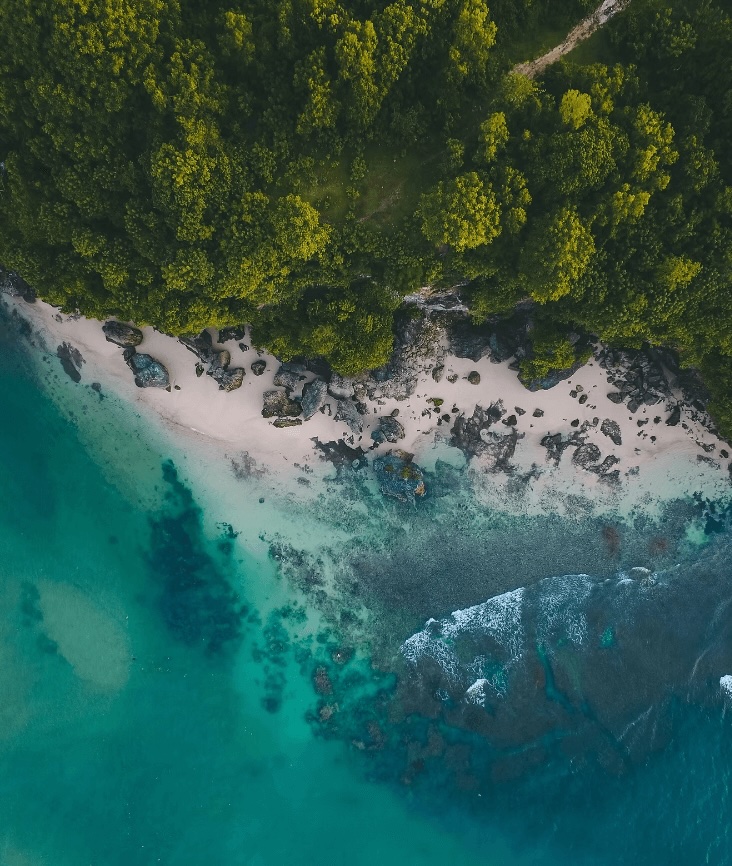Diver’s packing list for a sustainable scuba vacation
Wondering what to pack for a sustainable scuba trip? Discover everything you need to bring (and what you can leave behind) in this essential diver’s packing list.
Whether you’re a seasoned pro or embarking on your first dive trip, having the right gear is important for a stress-free experience.
It’s easy to go out and buy the newest scuba gear (just to tick off all the items on a dive holiday packing list), without thinking how it might impact our ocean environments. To help preserve the marine life we travel so far to see, it’s essential that we pack with sustainability in mind.
In this diver’s packing list for a sustainable scuba vacation, we’re encouraging you to rethink what you need and help minimise your footprint.
Want to be a responsible scuba diver? Discover 7 easy ways to be an ocean advocate here.
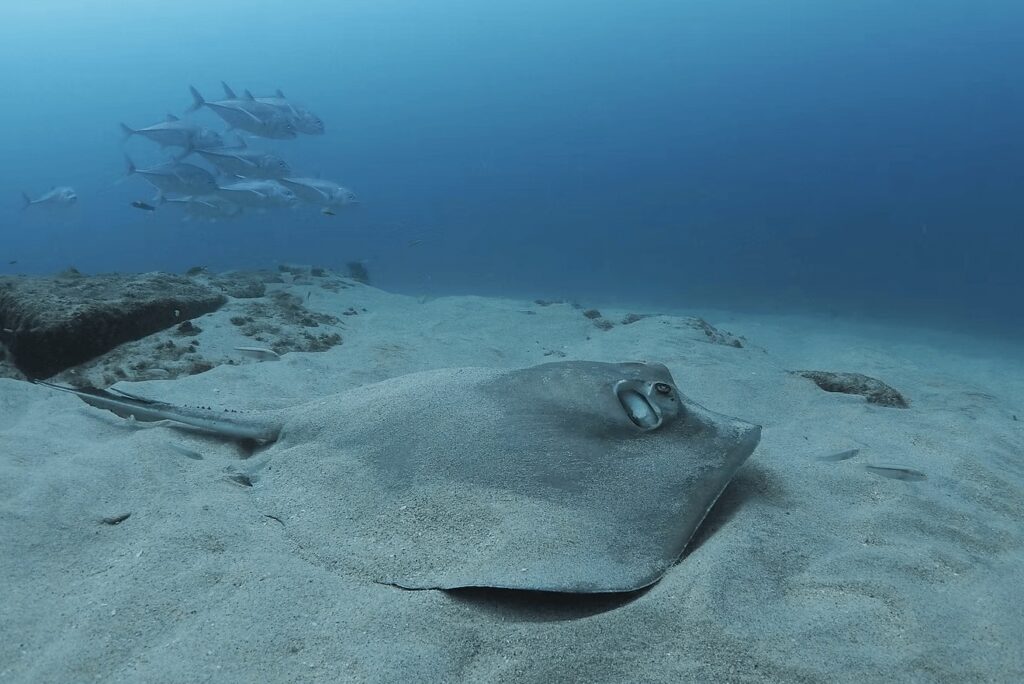
Disclosure: This article contains affiliate links, meaning we earn a small commission when you make a purchase. Affiliate links cost you nothing and ensure our content stays free!
Before getting started, there are a few things you need to keep in mind as you plan your packing list for an eco-friendly dive vacation:
Weather conditions
When planning any dive trip, it’s important to research the weather and water conditions at your destination. In short, these can significantly affect what you pack.
If you’ll be diving in a cold climate, you’ll need to pack accordingly to ensure you stay warm and comfortable throughout the trip.
A wind-proof jacket or beanie can provide valuable insulation on the surface. Meanwhile, thicker exposure protection like a drysuit will be essential to prevent heat loss while submerged.
On the other hand, if you’re visiting a tropical dive destination, you’ll want to pack a much thinner wetsuit or rash vest. Additionally, you’ll need warm weather clothing and plenty of sun protection gear.
If it’s the peak of the monsoon season, then a reliable rain jacket is a must!
Understanding the typical weather patterns for your travel destination is the first step in putting together an eco-friendly scuba diving packing list that meets your individual needs.
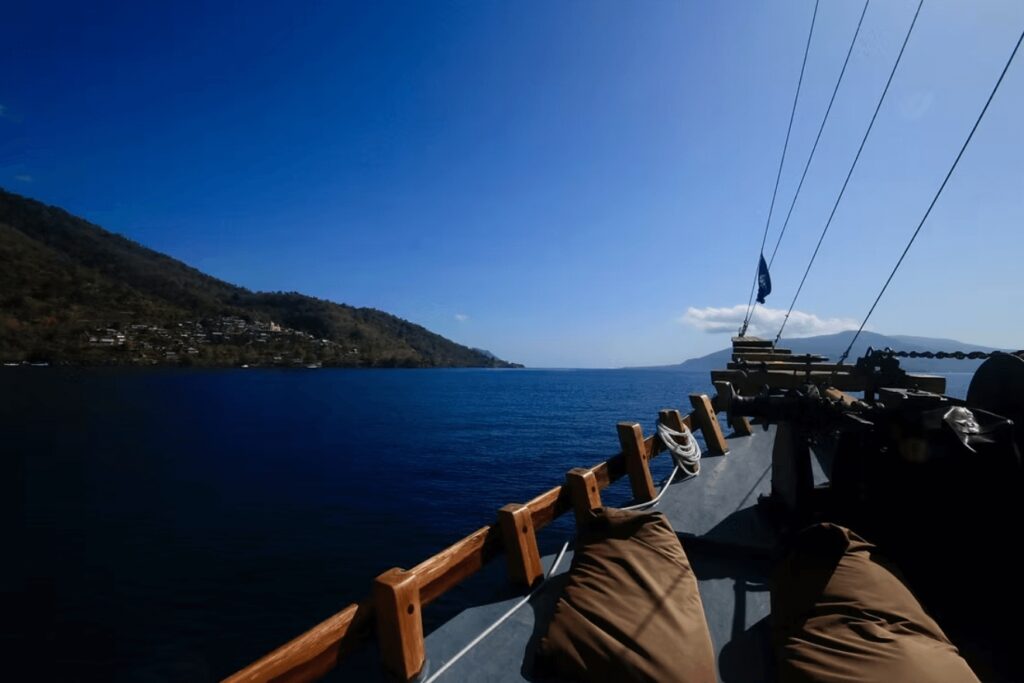
Know your purpose
When it comes to packing for an eco-friendly scuba diving trip, the equipment needs can quickly escalate from a simple set of dive gear to an entire suitcase (or two) dedicated solely to photography and videography equipment.
For some scuba enthusiasts, overseas dive vacations and liveboard trips are a chance to capture the beauty of our underwater world through the lens. For others, it’s all about enjoying marine life encounters with as few cumbersome accessories as possible.
Understanding what you want to get out of the dive trip and your purpose can help you better plan your packing list and ensure it meets your individual needs.
Maybe it’s something as simple as bringing along a notebook and pen so you can jot down your observations, feelings and reactions to each dive, as well as the above-water experiences you’re having along the way.
Rent vs own
If you already own scuba gear, chances are you plan on taking it on your dive trip.
But if you’re yet to invest, it’s worth weighing up the pros and cons of purchasing a full set vs renting one at your dive destination.
Aside from the financial considerations, there are also environmental factors to keep in mind.
One of the best things we can do to reduce our environmental footprint is consume less and the rental economy is something we can tap into to achieve this.
When it comes to scuba liveaboards and dive resorts, most have a full line of high-quality rental gear available so you don’t have to buy your own.
Some divers prefer to use their own gear as it fits them perfectly, meets their needs and is equipment they are highly familiar with. There’s also peace of mind in knowing the last time it was serviced and by whom.
That being said, most reputable dive operations conduct regular safety and maintenance checks. So this shouldn’t be something you need to worry about.
But if you’re travelling to a remote location and want to minimise the amount of gear you are transporting, renting can be a practical option. Hauling dive gear halfway across the world often incurs excess baggage fees, which is something to keep in mind.
Additionally, if you’re trying a new type of diving for the first time, renting gear on vacation is a great idea before investing in your own.
When making your decision, consider how my dive trips like this you are going to do in the future and whether you’ll get enough use out of your own gear.
If you are going to purchase a set of scuba gear, look for the most sustainable options on the market. We recommend investing in high-quality gear that will last you for many years, rather than the cheapest that’s available.
Factor into the purchase costs any ongoing maintenance that will be required. Remember, this expense is usually absorbed into scuba dive equipment rental prices.
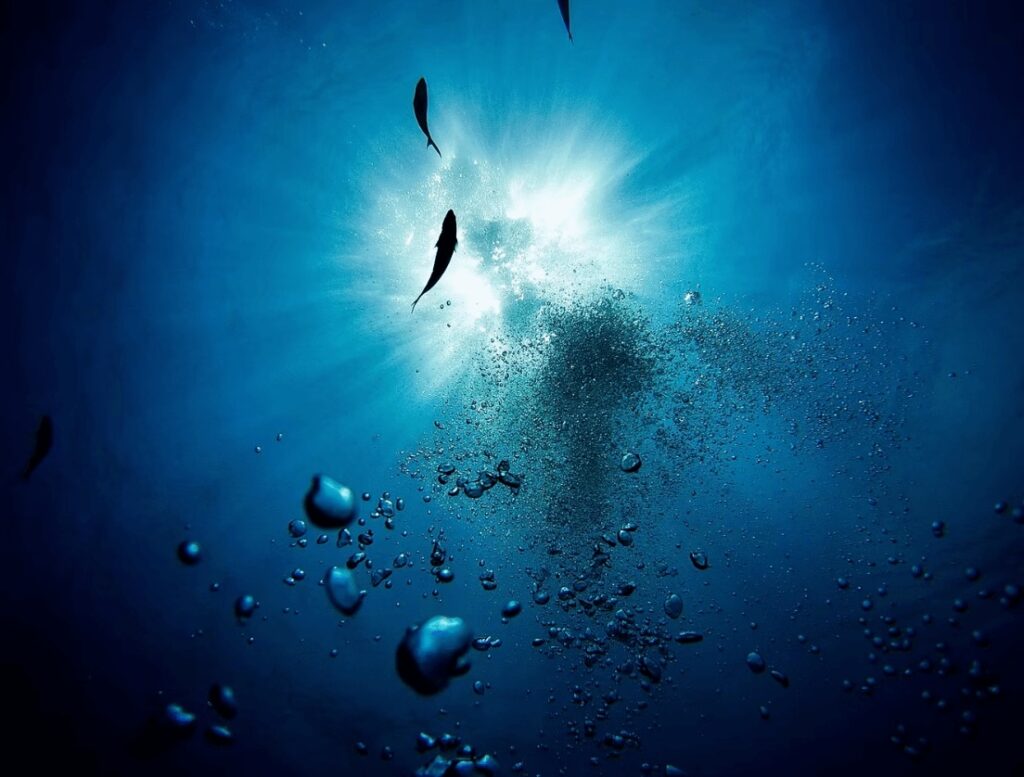
Land-based activities
Before you were a passionate diver, you were most likely an avid traveller, eager to discover new environments and have enriching cultural experiences.
Going on a liveaboard or scuba trip doesn’t mean you have to lose that sense of wonder and curiosity about the world.
Whether you’re staying at a land-based dive resort or on a liveaboard, chances are there will be other activities (besides diving) on offer. This might include village visits, hiking excursions or kayaking trips, all of which may require additional items to be added to your diver’s packing list.
Carefully read through the liveaboard itinerary to see what land-based excursions are on offer. Alternatively, check to see what additional activities are available at the resort.
Be sure to set aside room in your luggage for comfortable walking shoes and any other essentials you might need for sightseeing, cultural experiences or land-based adventure activities.

Eco-friendly scuba dive packing list
Travel essentials
• Dive certification cards
• DAN membership card
• Passport
• Travel insurance documents (we recommend SafetyWing)
• Reusable water bottle and/or water bottle filter
• Travel pillow for the plane
• Eye mask and ear plugs (in case you’re sharing a room)
• Laptop
• Phone
• Books/e-reader
Dive gear
The dive gear you take will depend on your individual setup. But always check any essentials required by the liveaboard or resort. For example, some won’t let you dive without an SMB.
If you only own some of the items on this list, consider renting the rest at your destination. Or, if there are baggage weight restrictions imposed by the airline you’re travelling with, rent bulkier items like a BCD or regulator and bring the rest.
• BC/BCD
• Regulator
• Wetsuit/rash vest
• Booties/fins
• Mask and snorkel
• Dive computer
• Gloves and hood
• Gear bag
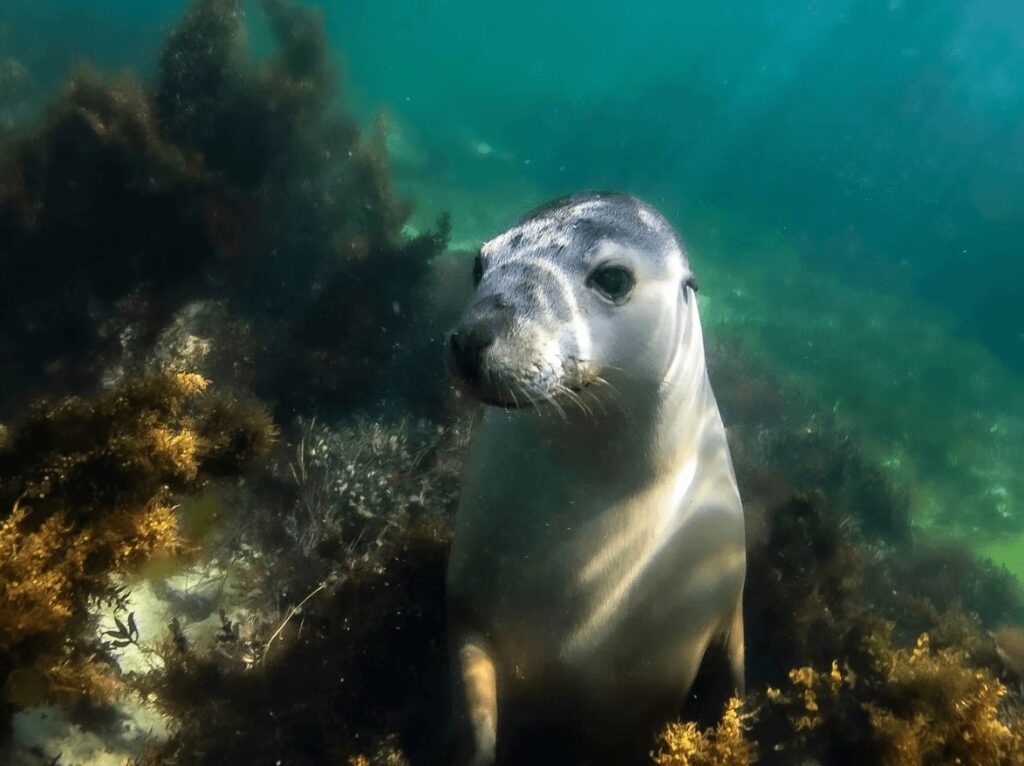
Photography/videography equipment
Obviously, taking photography and videography equipment is optional and some underwater photographers have much more elaborate setups than others.
If you want to dip your toes into the underwater photography world, many dive resorts and liveaboards offer rental equipment for guests to use.
• Camera
• Lenses
• Waterproof housing
• Camera arms
• Camera tray
• Spare O-rings
• Underwater filters
• Camera batteries and chargers
• Camera lights or strobes
• Memory cards and reader
• Hard drive/USB for backups

“Save-a-dive” kit
While most liveaboards and dive resorts will have the basics, it’s a good idea to pack a “save-a-dive” kit including anything that’s specific to your situation.
• Spare mouthpiece
• Spare mask strap
• Spare batteries
• Defogger spray
• Fin buckles and straps
• O-ring kit
• Regulator mouthpiece
• Zip ties/cable ties
• Dive tables
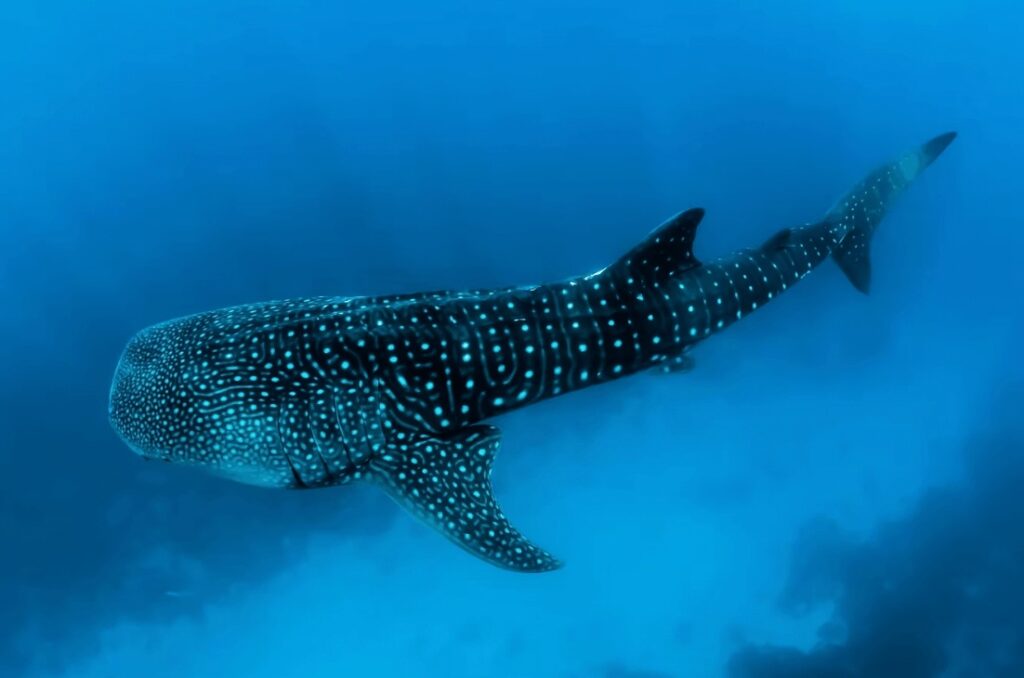
Clothing
The clothing you’ll need for your dive trip will depend largely on the weather conditions at the destination.
Wherever possible, opt for sustainable, natural fabrics that will decompose at the end of their lifetime. Also, avoid purchasing at stores that promote fast fashion.
Remember, a dive vacation is not about looking fashionable and most dive resorts/liveaboards are very casual. Chances are, you’ll have everything you need within your current wardrobe or it can be sourced affordably at second-hand stores.
• Flip flops
• Broad-rimmed hat
• Sunglasses
• Singlets/t-shirts
• Shorts/pants
• Warm layers
• Beanies/gloves (cold environments)
• Underwear
• Good walking shoes and socks
• Bathers/swimwear
• Sleepwear

Health and wellbeing
You know better than anyone else your own health situation and any medications that you’re likely to need. Remember that many liveaboards and dive resorts are in remote locations and accessing a pharmacy during your trip may be impossible.
• Prescription medications
• Paracetamol/ibuprofen
•High-SPF reef-safe sunscreen + zinc
• Sea-sickness medication (if you’re on a liveaboard)
• Eco-friendly insect repellent
• Chemical-free toiletries (bar shampoos/conditioners are great eco-friendly options)
• Hand sanitiser
• Personal care items for women

PLAN YOUR TRIP WITH OUR FAVOURITE RESOURCES:
Find hotels and resorts via Booking or Agoda
Book tours and experiences via Viator or GetYourGuide
Find a rental car via Discover Cars
Book flights via Kiwi or Booking
Search for buses and trains via 12Go or Omio
Get travel insurance via SafetyWing
Buy a digital eSIM with Airalo
By purchasing through our links, you’ll be supporting our website at no additional cost to you
About the authors
We are a team of passionate divers and surfers with decades of combined experience in the water and travelling to all corners of the globe. After years of chasing waves and descending into the deep blue, we’ve created this resource to highlight sustainably run surf camps, eco-friendly dive resorts and conservation-focused ocean trips to help inspire your next adventure.
Eco Ocean Escapes was born out of a love of the ocean, an obsession with travel and a concern about the impacts of our adventures on the environments we explore. Despite the benefits that surf and dive tourism can bring to local communities, we recognised that ocean-based adventures are not always managed in a sustainable manner.
Through our articles, we hope to inspire those seeking a responsible surf or dive trip that is all about supporting local communities, preserving our coastal environments and the incredible marine species that inhabit our oceans.
-
Eco-friendly diving: How to be a sustainable scuba advocate
Understand the environmental impacts of diving and sustainable scuba practices in this comprehensive guide to eco-friendly diving. Any diver will tell you that being underwater is an incredible experience. It’s a world that not everyone has the opportunity to explore and the encounters we have with marine creatures can be life-changing. Watching manta rays soar…
-
16 inspiring eco surf camps and resorts around the world
Looking for the best eco-surf camps and resorts in the world? Discover inspiring places to stay around the globe to help plan your next wave-hunting adventure. If you’re yearning for sublime waves but also seeking sustainable adventure, this article has you covered. We’ve scoured the globe to find the best eco-friendly surf resorts in the…
-
Sustainable scuba travel: Tips for finding eco-friendly dive resorts
Want to stay at an eco-friendly dive resort during your next scuba trip? Discover everything you should look for and things to consider when searching for the perfect property. It’s true that our oceans face immense challenges – from climate change to overfishing and mercury pollution. But there is hope for the future. Aside from…
-
Are these the most inspiring eco-dive resorts in the world?
Want to stay at one of the best eco-friendly dive resorts in the world? Discover some of our top picks for a sustainable scuba stay, whether you’re visiting Asia, Africa or Oceania. From eliminating single-use plastics to implementing circular waste systems, eco-dive resorts play a leading role in sustainable tourism. Set in some of the…
-
Sustainable surfing: Easy ways to be an eco-friendly surfer
As surfers, the ocean is our playground, which is why protecting it is so important. More and more boardriders are waking up to the reality that our everyday actions can have a big impact on our marine environment. And in response, many want to do something about it. From your choice of surfboard to the…
-
7 easy ways to be a responsible scuba diver + ocean advocate
Scuba diving exposes us to a wonderful array of creatures, from colourful nudibranchs to magnificent mantas and inquisitive octopi. It also allows us to experience incredible underwater environments and landscapes that don’t exist elsewhere. But many of these ecosystems face mounting threats – warming waters, acidifying oceans and swirls of plastic trash that make life…

We are a team of passionate divers and surfers with decades of combined experience in the water and travelling to all corners of the globe.
After years of chasing waves and descending into the deep blue, we’ve created this resource to highlight sustainable surf camps, eco-dive resorts and conservation-focused ocean trips to help inspire your next adventure.
Eco Ocean Escapes was born out of a love of the ocean, an obsession with travel and a concern about the impacts of our adventures on the environments we explore.
